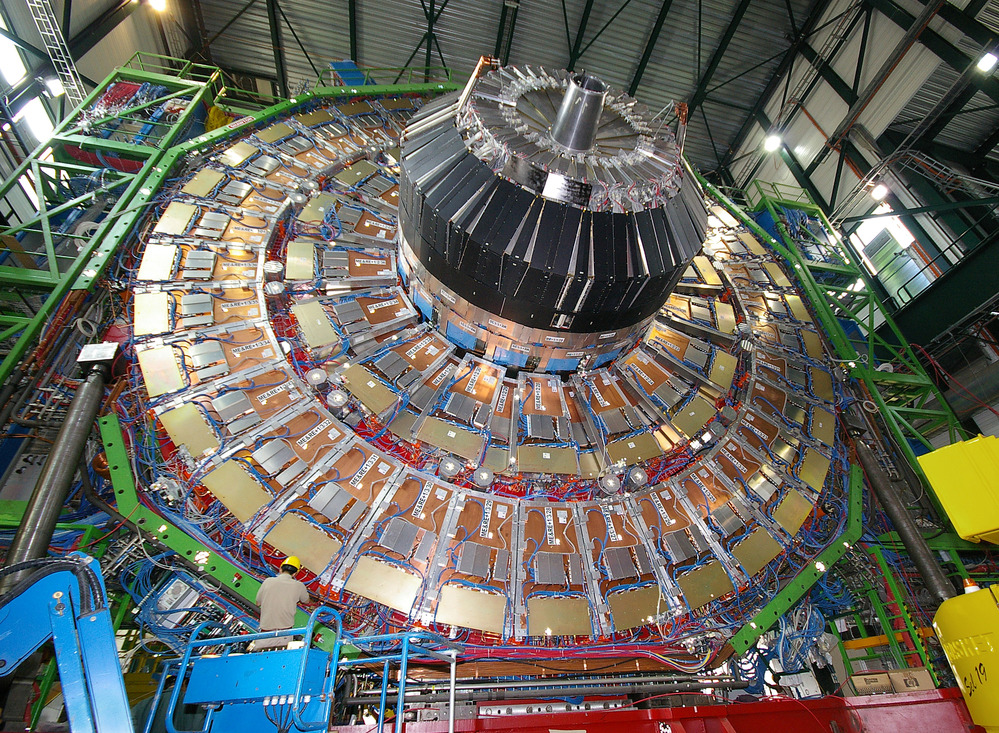A group of NUST MISIS engineers has started the design of the decay vessel’s camera, the most massive part of the SHiP`s (Search for Hidden Particles) new experimental apparatus at CERN, the European Organization for Nuclear Research (Geneva, Switzerland). The aim of the new experiment is to find explanations for phenomena that do not adhere to or cannot be described by the Standard Model of particle physics, namely, the existence of dark matter and the absence of antimatter in the Universe.

The European Organization for Nuclear Research (CERN) has already begun preparations for this new experiment, which they’ve coined SHiP, an acronym for the ’Search for Hidden Particles.’ The aim of the new experiment is to find three possible fundamental particles — Heavy Neutral Leptons (NHL), also known as Majorana neutrino. The introduction of these particles into the Standard Model of particle physics will hopefully allow scientists to describe the existence of dark matter and the absence of antimatter in the Universe.
The task of NUST MISIS`s engineers is to create and calculate the optimal model of the decay vessel’s camera. In addition, they will need to work out several design models of the decay vessel. These designs will vary not only in layout, but also in the materials and pressure levels inside the camera.The decay vessel camera is a tapered tube with internal and external skin. The design of the camera shell consists of hundreds of cells, and each of these cells has six internal skins. NUST MISIS`s engineers conducted a sequential series of calculations and structural modeling & load conditions, and based on the results of those tests the engineers made a number of fundamental decisions, particularly a specific steel grade and aluminium alloy as materials, as well as the optimal size and geometry of the experimental apparatus’s structural elements.According to Alevtina Chernikova, Rector of NUST MISIS, “Our university is thrilled to be a part of the international team engaging 41 scientific organizations from 16 countries to work on the new experimental apparatus. In 2015, NUST MISIS joined the SHiP project as an expert in the field of superconducting magnets and various kinds of steel and alloys to use in the construction of SHiP, as well as one of the major participants designing and implementing the engineering part of the project”.
Currently the work group is investigating alternative options for the experimental unit, and is making preparations to start the vibrational analysis of the assembly and a detailed design of the arrangement of any accessory machines.“In designing the decay vessel camera the main ’events’ of the experiment will take place, so to speak. These ’events’ [the potential appearance or recognition of new particles] will need to be monitored. The camera represents a massive object with a length of 45 meters and a height of 10 meters in the maximum cross section, said Sergey Albul, head of the NUST MISIS working team. — The specifics of the SHiP experiment impose a number of criteria and constraints. The main difficulty is that along with providing the adequate strength, stiffness, and vibration resistance of such an essential construction, it’s necessary to minimize the number of the camera’s materials to reduce possible disturbances when registering arising particles. We surely need to take into consideration the cost of materials as well”.
CERN presented its SHiP project`s technical proposal in January 2016, and as of now the development stage of the technical proposal is starting up. Development is planned to run up until 2019. The creators are planning the actual launch of the apparatus and the beginning of statistical data collection by 2022.


